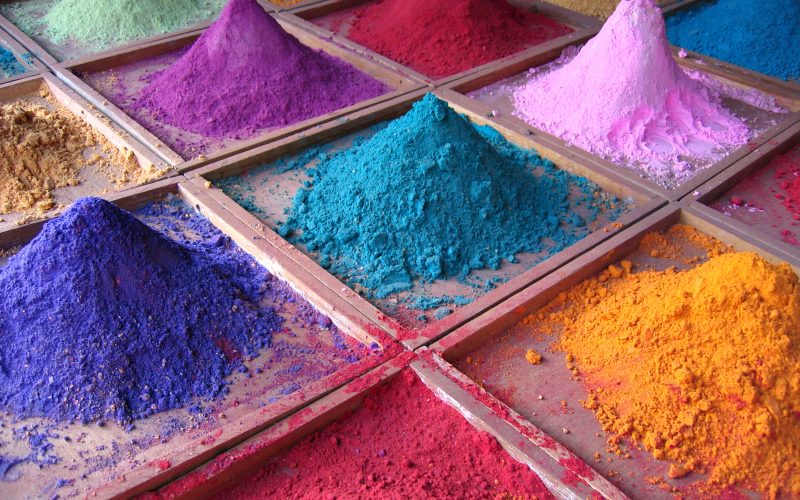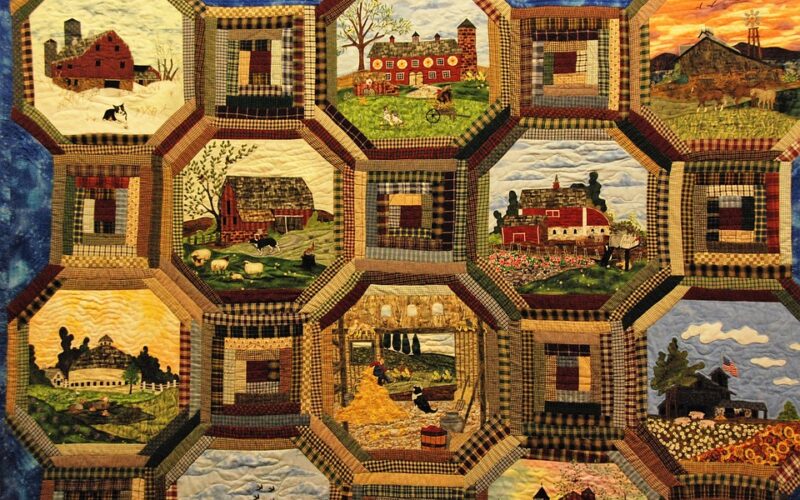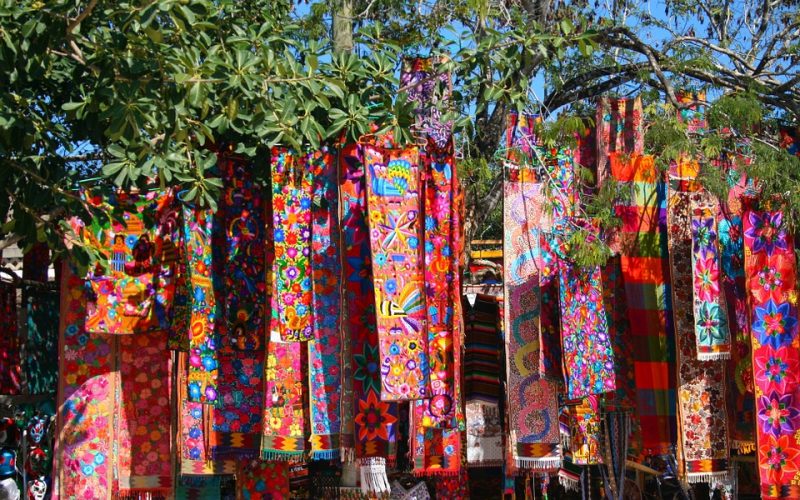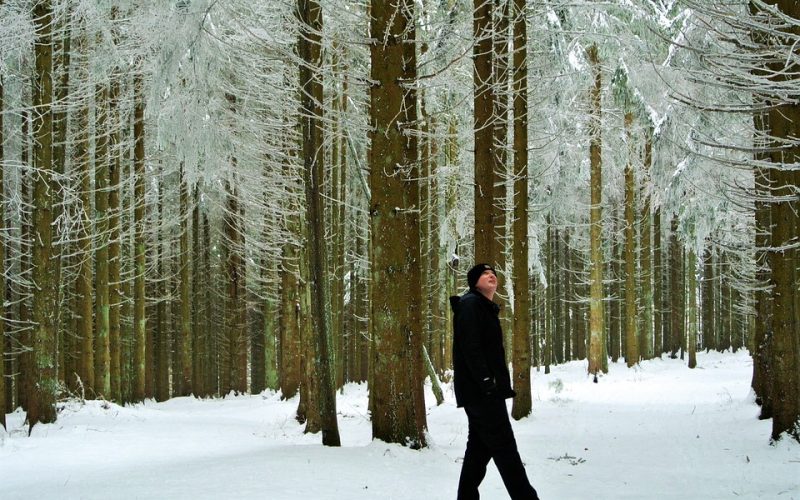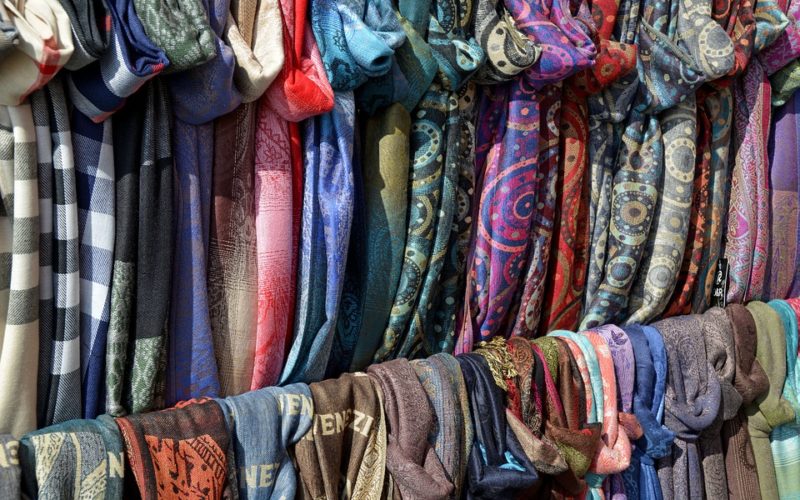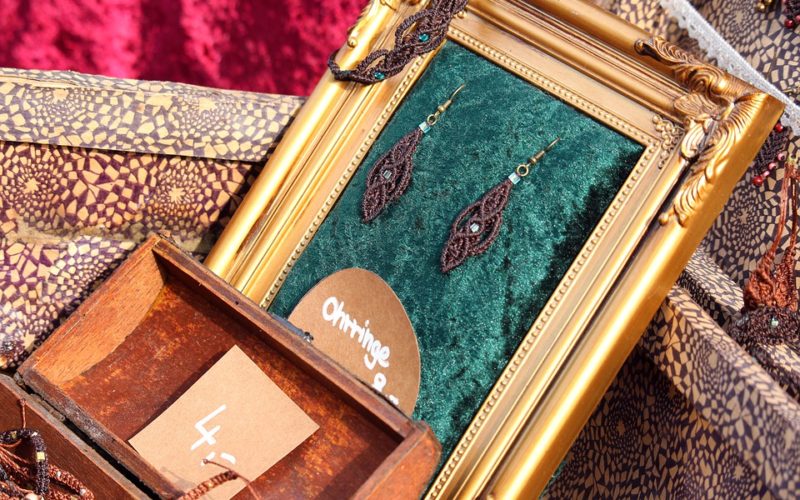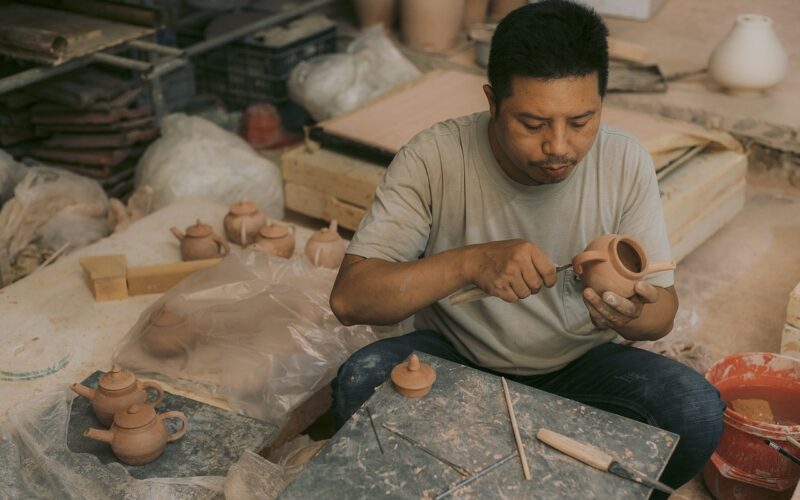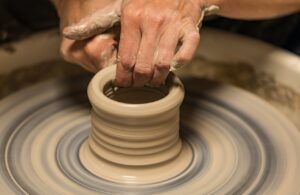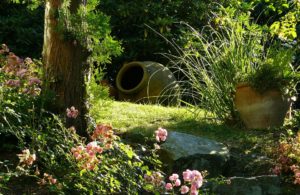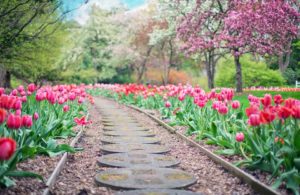Painting has long been a way for artists to bring pictures to the world. People, places and objects have been painted by many artists. Even artists who primarily work in other mediums have learned this particular format and used it at one time or another. Nature is often portrayed in paintings because it offers uniqueness to the artist as well as the rest of the world. Nothing is ever created exactly the same in the natural world. This is also true of art.
While painting has long been a popular art, it is not the only one. Sculpting in wood, stone or metal has produced many beautiful pieces of art. Unfortunately, many of these pieces are not done in any color other than that of the material used. There have been a few artists who have added color to their pieces, but it has mainly been to add accents to their works and is not a main focus. As an overall format, sculpting uses shape and form to interest a viewer and color has not been a necessity. Glass has mainly been treated like sculptures. It traditionally used either clear glass or one color per piece to highlight the artist’s vision. That is no longer true.
Modern methods have changed the way glass art is produced. Artists have experimented with mixing colors within a single piece of glass. They have also combined different pieces of glass to create unique sculptures. Mixing glass with metal, ceramics and other materials has now produced pieces where color is an integral part of the experience. The use of glass decals and glass transfers adds another layer of embellishment to modern glass art.
The world of art continually changes and renews itself. New techniques and color combinations in traditional arts have produced modern pieces that rival old masterpieces. Artists today have the ability to learn new techniques without traveling from their homes. They need only turn on their computers to learn what’s new in their field and begin their own experiments in creativity.
